South India was ruled by the Chola dynasty until the 13th century. In the Kaveri Valley, the dynasty began. Karikala Chola, an early Chola ruler, was well-known. Rajaraja Chola, Rajendra Chola, and Kulothunga Chola I were Chola emperors in the Middle Ages.
The Cholas were powerful in the 10th, 11th, and 12th centuries. Under Rajaraja Chola I and his son Rajendra Chola, the Chola dynasty became the most powerful military, economic, and cultural force in Asia. The Maldives and the Godavari River in Andhra Pradesh were all part of Chola territory. South India, Sri Lanka, and the Maldives were all ruled by Rajaraja Chola. Rajendra Chola went to North India and led a successful expedition that reached the Ganga and took over Mahipala. He went to war with Malay kingdoms. Chola rule fell apart when the Pandyas and Hoysala came to power in the 12th century, and it ended in the 13th.
-
Origins
No one knows where Chola came from. In early Sangam writing from around 150, rulers from before 100 are mentioned. The Tirukkural’s editor, Parimelalagar, says that this clan has been around for a long time. Many people think that this is an old royal family or clan, like Cheras and Pandyas. Some people think that the name comes from the Sanskrit words Kala (black) and Kola, which used to mean the dark-skinned people who lived in Southern India before the Aryans came.
Not much is known about Cholas’ past. In the last 150 years, historians have learned a lot from ancient Tamil Sangam literature, oral traditions, religious writings, temple inscriptions, and copperplate inscriptions. Tamil writing from the Sangam Period is the best way to learn about the early Chola. In the Periplus of the Erythraean Sea, Chola’s cities, ports, and trade are briefly described (Periplus Maris Erythraei). The Periplus, which was written by an unknown Alexandrian merchant during the reign of Domitian (81–96), doesn’t say much about Chola. 50 years later, Ptolemy gives more information about Chola, its port, and the towns inside it. In Mahavamsa, Ceylonese and Tamil immigrants fight each other. Inscriptions on the Pillars of Ashoka, which date from 273 BC to 232 BC, say that Cholas was one of the countries that got along well with Ashoka.
-
Cholas
The history of the Cholas can be divided into four parts: the early Cholas of the Sangam literature, the time between the fall of the Sangam Cholas and the rise of the mediaeval Cholas under Vijayalaya (around 848), and the Chalukya Chola dynasty of Kulothunga Chola I from the third quarter of the eleventh century.
-
Early Cholas
In the Sangam literature, the first Chola rulers are talked about. Experts think this text was written in the early common period. The internal chronology of this literature isn’t clear, so it can’t be used to tell the history of the time. There are a lot of kings, princes, and their poets in Sangam literature. Even though there is a lot of writing about their lives and accomplishments, they are not related.
There are a lot of Chola stories in Sangam literature. Cholas were thought to have come from the sun. Myths say that the Kaveri River was made by the Chola king Kantaman, who lived at the same time as the sage Agastya. Karikala Chola and Kocengannan stand out among Chola rulers in Sangam literature. There is no sure way to find out how they are related to each other or to other princelings from the same time period. Oldest capital: Urayur (near Thiruchirapalli).
-
Interregnum
We don’t know much about the three hundred years that passed between the end of the Sangam era (around 300) and when the Pandyas and Pallavas took control of the Tamil nation. The Kalabhras spoke Tamil and ruled for three hundred years, putting the old kingdoms out of business. In the sixth century, the Pallavas and Pandyas took over from them. Three hundred years after Vijayalaya became king, not much is known about the Cholas.
Epigraphy and literature show how the leaders of this ancient dynasty changed over time. When the Cholas’ power started to fade and the Pandyas and Pallavas rose to power to the north and south, they had to go to their rivals for protection and help. The Pallavas and Pandyas didn’t bother the Cholas, but they did marry Chola princesses and hire Chola princes who were ready to work. In 639 and 640, a Chinese pilgrim named Xuanzang went to Kanchipuram and wrote about the “state of Culi-ya.” This is where Vijayalaya came from.
In the 7th century, Andhra Pradesh saw the rise of the Chola monarchy. The Sangam Cholas were their ancestors. No one knows how they are related to the early Cholas. During the time of the Pallavas, it’s likely that a branch of the Tamil Cholas went north to start their own empire.
-
Mediaeval Cholas
There isn’t much good information about the Cholas between the early and Vijayalaya dynasties, but there is a lot about the Cholas during the Vijayalaya and Chalukya dynasties. Stone writings about the Cholas and their rival kings, the Pandyas and the Chalukyas, as well as copper plate donations helped piece together their history.
About 850, Vijayalaya came out of nowhere to take Thanjavur and start the Chola imperial dynasty.
-
Rajendra Chola It was Chola land in 1030
The Chola dynasty in the Middle Ages was at its peak. Great kings like Rajaraja Chola I and Rajendra Chola I grew the Chola empire beyond what was normal for Tamil. The Chola Empire used to include Sri Lanka and the area around the Godavari basin. The eastern Indian kingdoms from the Bay of Bengal to the Ganges accepted Chola rule. Chola fleets conquered Malayan Srivijaya.
During this time, the Sinhalas, who wanted the Cholas to leave Lanka, the Pandya rulers, who wanted independence for their lands, and the Chalukyas in the western Deccan all caused trouble for the Cholas. During this time, Cholas and their enemies fought against each other often. Both the Chalukyas and the Cholas agreed that the Tungabhadra River was the border between them. The growing number of Chola in Vengi caused trouble between these two empires.
-
Chalukya Cholas
After Rajaraja took over Vengi, the Eastern Chalukya kings on the south bank of the Godavari joined together in marriage and politics. Vimaladitya got married to Chola’s daughter. Rajendra Chola’s daughter got married to Prince Narendra of the Eastern Chalukyas.
In 1070, Athirajendra Chola, who was Virarajendra Chola’s son, was killed. This began the Chalukya Chola dynasty. Kulothunga was Rajaraja Narendra’s son.
-
1120: Kulothunga Chola I’s Chola lands
Kulothunga Chola I and Vikrama Chola were both good rulers of the Chalukya Chola dynasty, but that was when the dynasty started to fall apart. The Sinhalese got stronger, and the Cholas were forced to leave Lanka. Around 1118, they lost Vengi to the Western Chalukya king Vikramaditya VI and Gangavadi to a Chalukya slave named Hoysala Vishnuvardhana. In the Pandya domains, there was no central government, which led to a civil war between the Sinhalas and the Cholas. During the last hundred years of the Cholas, Kanchipuram was protected from the Pandyas by a regular Hoysala army.
Rajendra Chola III had constant problems. Around the end of the 12th century, the Hoysalas took over from the Chalukyas as the most powerful group in the north. Local feudal lords were sure enough of themselves to stand up to Chola authority. The Chola king was held hostage by the Kadava chieftain Kopperunchinga I. Cholas was attacked from both the inside and the outside. The southern Pandyas grew into a strong nation. West Hoysalas tried to take over the Chola empire. Rajendra joined both sides to stay alive. At the end of Rajendra’s rule, the Pandyan Empire was seen as stronger than the Chola. Rajendra III died 1279. Not soon after Rajendra died, another Chola prince took his place. Even as late as the 15th century, many small chiefs still called themselves Chola.
Conclusion:
Cholas’ legacy endures. Their support for Tamil literature and passion for building temples led to great writing and architecture. Chola rulers loved to build, and they saw temples as places of worship and centres of trade. They set up a well-organized, well-run bureaucracy.




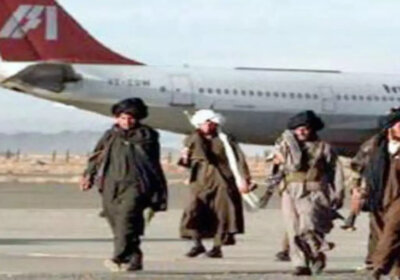
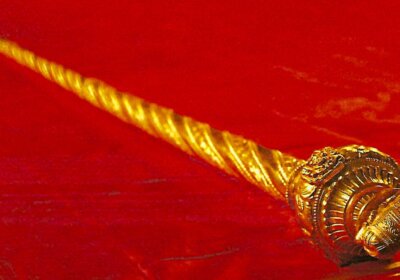
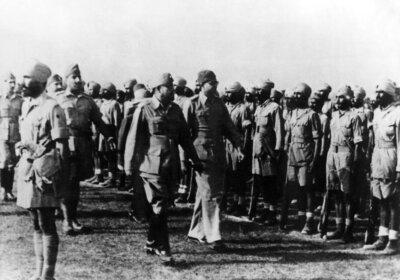

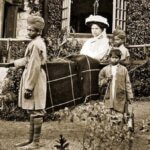
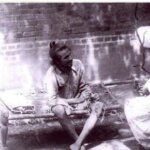


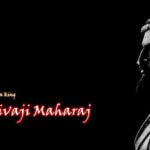
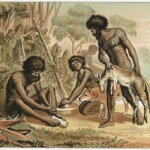


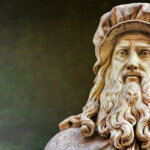
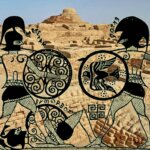





Leave a Reply